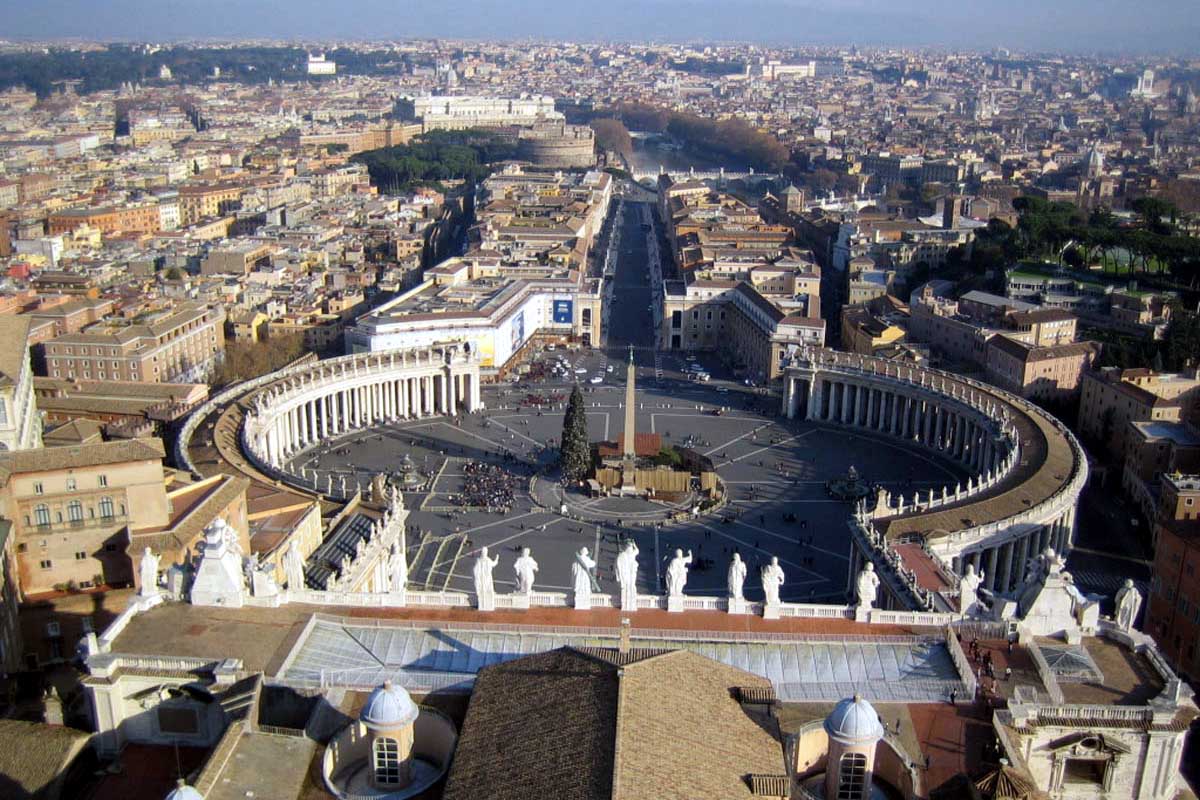The manner of communication of these new restrictions imply they are more to do with public relations than traffic planning, but the intent is clear. The city authorities wish to drastically curtail the number of coaches coming into Rome, and to do so by touting aggressive price increases. For an industry that has to plan 18 months in advance, this is a cause for serious concern.
LONDON – On the 18th October, Facebook followers of Linda Meleo, the deputy mayor with responsibility for transport for the City Council of Rome, were informed that she proposed to “alleviate the impact” of coach tourism on the city centre. She proposed to proscribe coach access to city centre, to decrease the number of permits available for coaches and to increase the prices of these permits from around 100 euros/day to a base of 600 euros/day. On the 28th November, again on Facebook, she posted further details: Rome would be divided into three zones as follows:
- Zone A (outer Rome): access to this would be charged approximately 50 euros
- Zone B (the area between the outer area and the centre): access to this would be approximately 600 euros
- Zone C (the city centre): access to this would be also €600 and be restricted to “school” tours and for coaches to drop off and pick up groups staying at hotels in the central zone. The coaches would not be allowed to re-enter the zone to take the group on sightseeing tours.
Apparently the proposed new regulations would be introduced in January 2018.
The manner of communication of these new restrictions imply they are more to do with public relations than traffic planning, but the intent is clear. The city authorities wish to drastically curtail the number of coaches coming into Rome, and to do so by touting aggressive price increases. For an industry that has to plan 18 months in advance, this is a cause for serious concern.
ETOA has conducted a survey of ten of its most important coach operators who bring clients to Rome. They moved nearly 700,000 foreign visitors, mainly from high spending North American and Asian origin markets. All of them stayed in four and five star hotels. All of them went on sightseeing tours whilst staying in Rome. They not only occupied hotel space and visited attractions, the guests also spent money on restaurants and on shopping. The combined spend of these people exceeded €400 million.
The ten largest members of ETOA make a vital contribution to the Roman economy. They alone support 7,000 jobs. And there is a long tail: ETOA has over 200 members, most of whom feature Rome in their itineraries. If you look at the industry as a whole, it is estimated that 5 million people arrive in Rome by coach, supporting 40-50,000 jobs.
These people come to Rome because they wish to see it. That its enormous cultural wealth is enshrined in a historic centre makes it attractive and problematic. Everyone recognises that there are pressures on capacity – and that this pressure will mount as demand increases. This is not a blight, but an economic bounty that has to be managed. Tourists’ enjoyment of Rome is the capital’s principal economic asset. How this is sustained is the most important challenge facing the city; a challenge with enormous economic consequences.
Rome needs these visitors. And visitors want to see Rome. Unaddressed in the new proposals is the question of how tourists are supposed to move around the capital.
The Metro system is not designed to meet the needs of tourists. The alternative (the one used by residents) is the car. A typical tour group of 48 people will require at least twelve cars. This must now be the preferred option by the city council, as using cars to move clients around will be a substantially cheaper option for tour operators after January 2018 when the new tour-bus levy comes in. The consequence will be an immediate increase in pollution and congestion.
The suggestion has been made that they use bicycles: 48 bicycles would occupy even more road space than twelve taxis. And there are no facilities to accommodate the tens of thousands of bicycles that would be required.
The last possibility is to put tourists on the city’s buses. However, the Roman public bus network is already finding it difficult to cope. And the clients are already in buses.
“Incoming visitors are customers of a city,” said Tom Jenkins, CEO of ETOA, “they are the lifeblood of the Roman service economy. So like any business, cities have to ask themselves ‘what is best for my customers? How can I accommodate their needs?’ This is not happening at the moment.”
“Look beyond the visual impact, which appears to be the only factor informing the debate. The authorities have failed to appreciate that coaches drastically cut pollution and eradicate congestion. According to them, up to 300 coaches come into the centre of Rome every day. If Rome is to survive and prosper as a destination, ways have to be found to increase, not decrease this number. And the three hundred coaches have to be viewed in the context of the 1.9 million private cars that are registered in Rome. I don’t think anyone would doubt that the eternal city would be a better place if the inhabitants stopped using their cars and started using buses. Yet the authorities wish to do the opposite for their visitors.”
Angelos is the news editor for TravelDailyNews Media Network (traveldailynews.gr, traveldailynews.com and traveldailynews.asia). His role includes to monitor the hundrends of news sources of TravelDailyNews Media Network and skim the most important according to our strategy.
He currently studies Communication, Media & Culture in Panteion University of Political & Social Studies of Athens.














































































































































































































